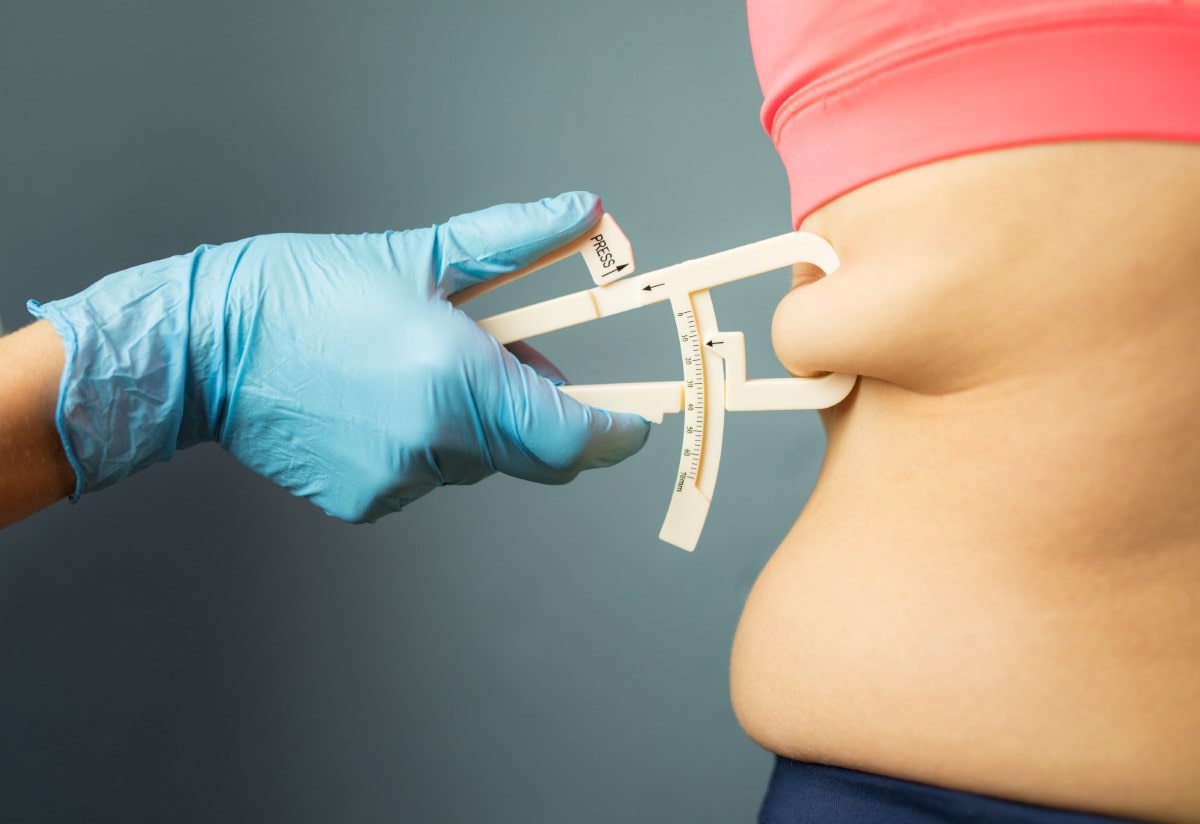
What is Diabetes Surgery?
Diabetes mellitus is a common disease that affects a person's life considerably. It is a disease that occurs due to inactivity, irregular diet or genetic reasons. There is no insulin production in Type 1 diabetes, while insulin production is available in Type 2 diabetes patients. However, the patient is unable to use insulin. For this reason, blood sugar is always high. Such factors cause organ damage in the person. The general goal in diabetes is related to lowering blood sugar. Diabetes surgery is a method that treats this disease. This surgery, which we call metabolic surgery, is an operation performed on Type 2 diabetes patients. Thus, the existing insulin in the body begins to be used without any problems.
What is the Purpose of Diabetes Surgery?
The aim of diabetes surgery is to eliminate insulin resistance in the body. Thus, the amount of hormones is increased. In the treatment of diabetes, if Type 1 is in question, the form of treatment is insulin. In case of type 2, lifestyle changes, diet and drug treatments are applied. If organ damage has started later, it is necessary to turn to surgical operation.
Diabetes surgery is a procedure of last resort. It is performed in patients with type 2 diabetes, obesity and high blood sugar, when blood sugar cannot be balanced despite the medication and insulin used. Diabetes surgery is performed as a closed surgery, the surgery is performed by creating incisions. Approximately 50% of the stomach is removed and the location of the small intestines is changed. With this change, insulin secretion from the pancreas is expected. Thus, Type 2 diabetes is completely cured. After this surgery, patients also get rid of obesity. Some of the advantages of this surgery are; It consists of details such as not being as painful as open surgery, no scars on the body, and a short return to normal life.
Can Type 1 Diabetes Patients Have Diabetes Surgery?
Type 1 diabetes patients have no insulin in their body. For this reason, diabetes surgery cannot be performed in these patients. Since the aim in the treatment of type 2 diabetes patients is the correct and balanced use of existing insulin, it is very important to stimulate and activate the pancreas. Thanks to diabetes surgery, this event is realized.
All tests and examinations of type 2 diabetes patients should be done regularly. In cases where there is no success in treatment with medication or diet, if there is organ loss, the last resort may be a surgical operation.
Metabolic Surgery
Metabolic surgery, also known as diabetes surgery, is an operation performed as a result of Type 2 diabetes, which is caused by the deterioration of the patient's eating habits and quality of life. The aim is to increase insulin resistance. After the surgical procedure, the amount of eating is reduced and the hormones become more active. Both diabetes and obesity problem are solved. Since the stomach shrinks after diabetes surgery, the patient's weight loss process accelerates after the surgery. For the metabolic surgery process, there must be insulin in the body, otherwise the result of the surgery will not be successful.
What Happens After Diabetes Surgery?
After the diabetes surgery, there will be no frequent hunger like before. Over time, when the body gets used to this normal order, the patient will feel better. Since the body is hungry for water after diabetes surgery, plenty of water should be drunk. It is very important to go to regular check-ups after the surgery. The slightest deficit will cause diabetes to start again. With the patient's eating and drinking habits in order, he will have a healthy life.

To briefly define hemorrhoids, it is the enlargement of the veins in the anus (breech) region. As this expansion increases, the veins gradually approach the tissues in the anus and begin to hang outward from the anus.
Detail
Diabetes mellitus is a common disease that affects a person's life considerably. It is a disease that occurs due to inactivity, irregular diet or genetic reasons.
Detail
Body mass index; It is calculated with the formula of weight divided by squared height. The result is considered obese if it is over 30, morbidly obese if it is over 40, and super obese if it is over 50.
DetailFor all your questions, comments and suggestions,
you can contact us via the form below.
Gürlife Hastanesi
Obezite ve Diyabet Cerrahisi
Fevzi Çakmak Mah. Akınsel Sok. No:1
Tepebaşı Eskişehir
0552 200 59 69
You can reach us through our social media channels,
you can be informed about innovations.